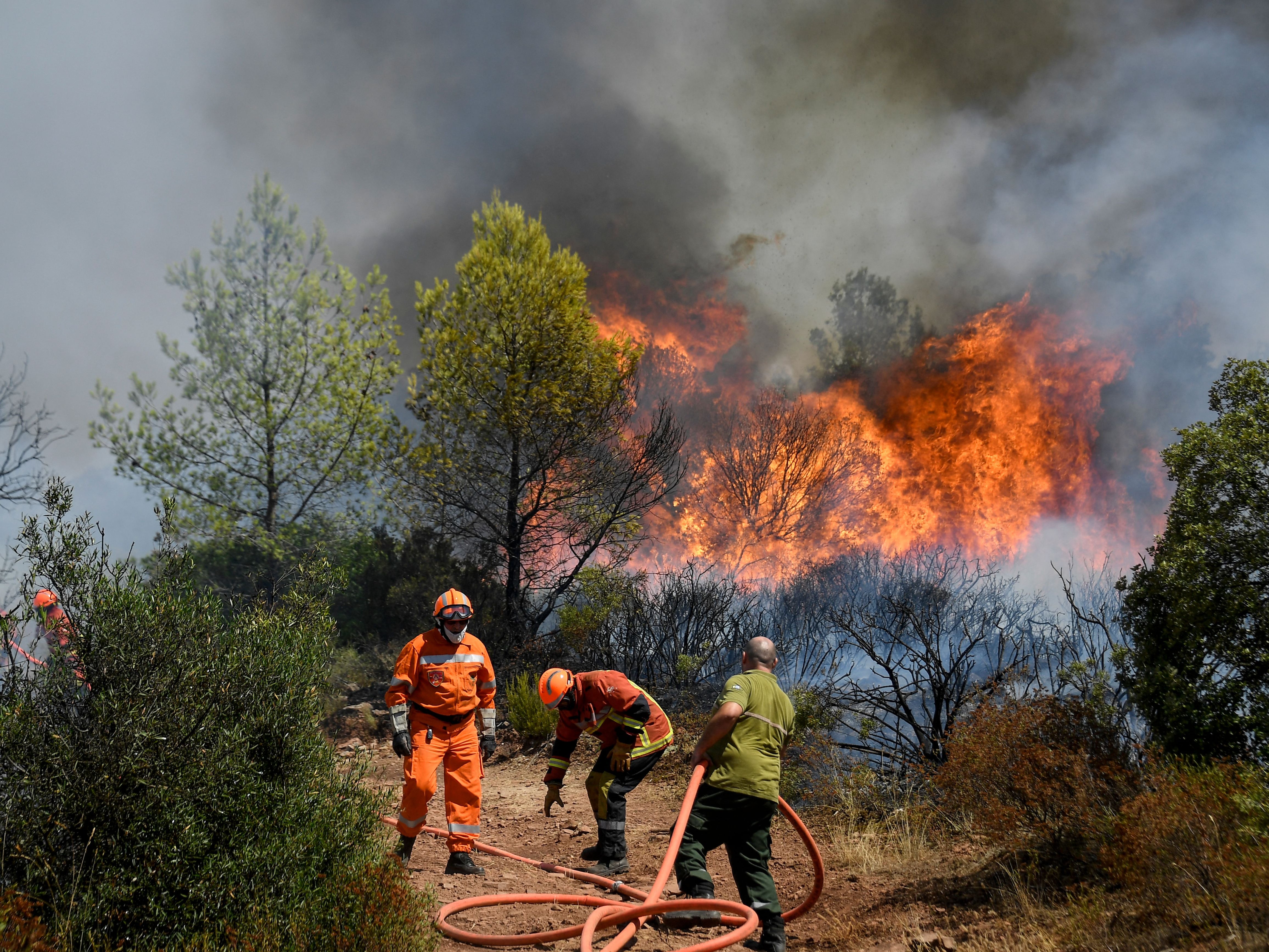Global warming ‘turning landscapes into tinderboxes,’ UN wildfires report warns
Wildfires to rise by 50% this century and governments are unprepared, says UN Environment Programme

Your support helps us to tell the story
From reproductive rights to climate change to Big Tech, The Independent is on the ground when the story is developing. Whether it's investigating the financials of Elon Musk's pro-Trump PAC or producing our latest documentary, 'The A Word', which shines a light on the American women fighting for reproductive rights, we know how important it is to parse out the facts from the messaging.
At such a critical moment in US history, we need reporters on the ground. Your donation allows us to keep sending journalists to speak to both sides of the story.
The Independent is trusted by Americans across the entire political spectrum. And unlike many other quality news outlets, we choose not to lock Americans out of our reporting and analysis with paywalls. We believe quality journalism should be available to everyone, paid for by those who can afford it.
Your support makes all the difference.Global warming is turning landscapes into “tinderboxes”, according to a new United Nations report warning wildfires are expected to happen more often and become more intense when they do.
The UN Environment Programme (UNEP) estimated there would be a 50 per cent increase in extreme fires by the end of the century, with the rise partially driven by the climate crisis.
The new report on the “rising threat” of wildfires said there needed to be a shift in government spending on preventing the blazes from happening in the first place, rather than just reacting when they do.
Wildfires struck across vast swathes of the planet last year, with fires erupting across North America, Siberia, eastern and central Mediterranean, and North Africa in the summer.

It followed other huge blazes which caused mass damage the year before, including in California and Australia.
More than 50 international experts assessed “the scale and extent of the global wildfire crisis” in the UNEP report.
They said wildfires were “growing in intensity and spreading in range” across the planet and “wreaking havoc on the environment, wildlife, human health, and infrastructure”.

The report said: “The heating of the planet is turning landscapes into tinderboxes, while more extreme weather means stronger, hotter, drier winds to fan the flames.
“Too often, our response is tardy, costly, and after the fact, with many countries suffering from a chronic lack of investment in planning and prevention.”
It said the true cost of wildfires - financial social and environmental - could last for years after the flames are extinguished.

“We must work with nature, communities, harness local knowledge, and invest money and political capital in reducing the likelihood of wildfires starting in the first place and the risk of damage and loss that comes when they do,” the report said.
The experts predicted the climate crisis and changes to land use would make wildfires more frequent and intense, with a global increase of up to 14 per cent by the end of the decade, 30 per cent by the end of 2050 and 50 per cent by the end of the century.
“Current government responses to wildfires are often putting money in the wrong place. Those emergency service workers and firefighters on the frontlines who are risking their lives to fight forest wildfires need to be supported,” Inger Andersen, the UNEP executive director, said.
“We have to minimise the risk of extreme wildfires by being better prepared: invest more in fire risk reduction, work with local communities, and strengthen global commitment to fight climate change.”
Join our commenting forum
Join thought-provoking conversations, follow other Independent readers and see their replies
Comments